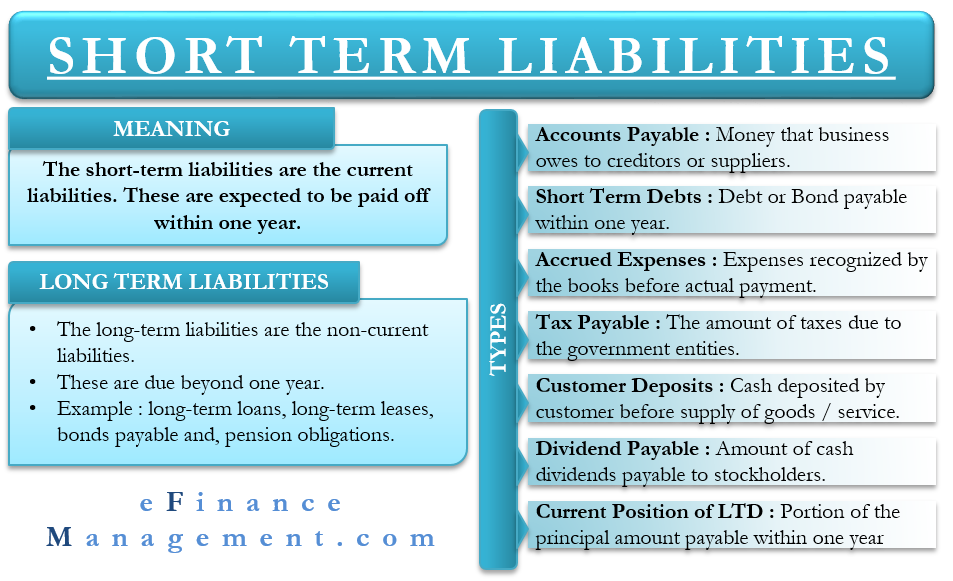What is Vertical Analysis? Formula + Calculator
The formula to perform vertical analysis on the income statement, assuming the base figure is revenue, is as follows. Unlike the unadjusted income statement and balance sheet, the common size variations can be used for peer-to-peer comparisons between different companies. For example, by showing the various expense line items in the income statement as a percentage of sales, one can see how these are contributing to profit margins and whether profitability is improving over time. By doing this, we’ll build a new income statement that shows each account as a percentage of the sales for that year. As an example, in year one we’ll divide the company’s “Salaries” expense, $95,000 by its sales for that year, $400,000.
- Vertical analysis is a method of financial statement analysis in which each line item is listed as a percentage of a base figure within the statement.
- Financial Statements often contain current data and the data of a previous period.
- Financial statements that include vertical analysis clearly show line item percentages in a separate column.
- It also compares a company’s performance from one period to another (current year vs. last year).
- A Vertical Analysis can be completed on both an Income Statement and a Balance Sheet.
The vertical analysis also shows that in years one and two, the company’s product cost 30% and 29% of sales, respectively, to produce. Analysts are often concerned with a business’s performance over time and as a result, have a need to perform analysis over a period of time. Note that the line-items are a condensed Balance Sheet and that the amounts are shown as dollar amounts and as percentages and the first year is established as a baseline. Financial Statements often contain current data and the data of a previous period.
How to Create a Vertical Company Financial Statement Analysis
By looking that the balance sheet above, you can see that while your current asset total went down in accounts receivable, your fixed asset total went up. When using horizontal analysis, balance sheet totals for two periods are required. First, we can see that the company’s marketing expenses increased not just in dollar terms, but also as a percentage of sales. This implies that the new money invested in marketing was not as effective in driving sales growth as in prior years. The following example shows ABC Company’s income statement over a three-year period.
It depicts the amount of change as a percentage to show the difference over time as well as the dollar amount. Most importantly, Financial Analysis points to the financial destination of the business in both the near future and to its long-term trends. The assets section is informative with regard to understanding which assets belonging to the company constitute the greatest percentage.
How do you calculate vertical analysis of a balance sheet?
Vertical analysis can be particularly helpful if looking to determine cash and accounts receivable balances over several accounting periods. To complete a vertical analysis, you’ll first need to determine what information you’re looking to obtain. For example, many businesses use vertical analysis to compare their financial results to those of other businesses in their industry. Because vertical analysis deals with percentages rather than totals, using vertical analysis makes it easy to compare company performance with other companies, even those of different sizes. Vertical analysis is useful for single accounting period analysis, while horizontal analysis is used to compare company performance between two specific accounting periods, whether it’s quarterly or annually.
- If this continues over several months, revisiting credit practices or collection methods may be in order.
- Vertical analysis can be particularly helpful if looking to determine cash and accounts receivable balances over several accounting periods.
- It is done so that accountants can ascertain the relative proportions of the balances of each account.
To reiterate from earlier, dividing by total assets is akin to dividing by the sum of liabilities and equity. With our financial data presented in Excel, we can start to calculate the contribution percentages on either the side or below the income statement. To complete a vertical analysis for your balance sheet, you’ll need to perform this calculation for each line item that is currently listed on your balance sheet.
AccountingTools
In accounting, a vertical analysis is used to show the relative sizes of the different accounts on a financial statement. Note that in this illustration, each line item is shown as a percentage of the total for its category. For example, in 2012, Current Assets are 36% of Total Assets for that year; whereas, in 2014, Current Assets are 56% of Total Assets. It compares each line item to the total and calculates what the percentage the line item is of the total.

The company’s sales have grown over this time period, but net income is down sharply in year three. Salaries and marketing expenses have risen, which is logical, given the increased sales. However, these expenses don’t, at first glance, appear large enough to account for the decline in net income.
Know Your Business: Company Financial Statement Analysis
Further, when working with large data sets, we recommend cleaning up the data to improve the overall visual representation of the analysis. What Does Vertical Analysis Of A Balance Sheet Tell About A Company? Regardless of the placement, the more important factor is to ensure the analysis clearly shows which period it is reflecting.
How do we use vertical analysis to analyze a business?
Vertical Analysis Formula
The vertical analysis of financial statements is concerned with the proportion of the total amount that each line item represents. This is calculated by dividing the value for each line item by the total and multiplying by 100.
That result, 24%, will appear on the vertical analysis table beside Salaries for year one. Vertical analysis is the comparison of financial statements by representing each line item on the statement as a percentage https://accounting-services.net/the-role-of-accounting-in-business-and-why-its/ of another line item. Without analysis, a business owner may make mistakes understanding the firm’s financial condition. For example, an Assets to Sales ratio is a measure of a firm’s productive use of Assets.
Therefore, it is important to see the total picture by combining horizontal and vertical analysis. By doing this analysis get an idea of how line items compare to themselves over time and whether those changes make sense in the context of the current time period as well. Typically used for a single accounting period, vertical analysis is extremely useful for spotting trends. Though a useful tool on its own, vertical analysis can be a more useful tool when used in conjunction with horizontal analysis. Vertical analysis is exceptionally useful while charting a regression analysis or a ratio trend analysis.
- Sometimes, financial statements are prepared in this way by the provider but often FP&A analysts will utilize their own basis depending on what information they are trying to understand.
- ABC Company’s income statement and vertical analysis demonstrate the value of using common-sized financial statements to better understand the composition of a financial statement.
- The most common use of vertical analysis is within a financial statement for a single reporting period, so that one can see the relative proportions of account balances.
- It also shows how a vertical analysis can be very effective in understanding key trends over time.
Again, keep in mind that these examples only become an issue if they occur consistently over several accounting periods, which is why it’s so important to perform vertical analysis regularly. Vertical analysis is most commonly used within a financial statement for a single reporting period, e.g., quarterly. It is done so that accountants can ascertain the relative proportions of the balances of each account. In ABC Company’s case, we can clearly see that costs are a big reason profits are declining despite the company’s robust sales growth. What we don’t know, and what we can’t know from the vertical analysis, is why that is happening. Horizontal analysis might be comparing the ratio of variable expenses over a period of three years.
Common Size Analysis of Financial Statements
The most common use of vertical analysis is within a financial statement for a single reporting period, so that one can see the relative proportions of account balances. Vertical analysis is also useful for trend analysis, to see relative changes in accounts over time, such as on a comparative basis over a five-year period. For example, if the cost of goods sold has a history of being 40% of sales in each of the past four years, then a new percentage of 48% would be a cause for alarm. Vertical analysis is the proportional analysis of a financial statement, where each line item on a financial statement is listed as a percentage of another item.

